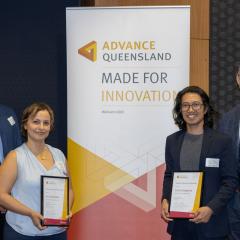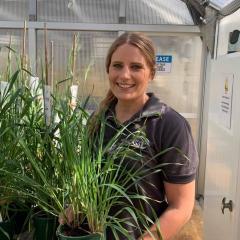Summary
At this early stage, the chance for an above average yielding sorghum crop for the 2016/17 summer growing season is high. However, some variation in the outlook among local regions exists. Specifically, most areas in CQ are showing close to average crop yield expectations, while most areas in SEQ, SWQ and NNSW are having sorghum yield outcomes well above the long-term expectation. Widespread average to above average rainfall is needed, during the next couple of months to induce further summer plantings and improve the current crop outlook across all areas of the north-eastern Australian (NEAUS) summer cropping region. It should be noted, this is still early in the growing season and the range of likely sorghum yield outcomes remains wide. This crop outlook is based on a crop-free (fallow) practice through the winter season and therefore areas with longer fallow practices are likely to have better yield prospects for the coming season.
General Conditions
Drier conditions protracted into November and below average rainfall was recorded for most parts of southern QLD and northern NSW cropping regions. The exception was for some parts of CQ that received average rainfall during November. Currently, estimated stored soil moisture levels (simulated through winter fallow using APSIM) varied across the summer cropping region. Most areas of CQ region have soil water recharge levels close to or slightly above 50% of the total plant available soil water capacity (50% to 70%), while most areas in SWQ and NNSW have recharged to above ¾ (>75%) of the available soil moisture profile levels. Conversely, most areas in SEQ have only recharged to around 50% of the total water holding capacity of mostly deeper soil moisture profile soils (Map 2). Widespread above average rainfall is needed over the next month to induce good planting opportunities across the entire summer cropping region. The recent pattern of the SOI i.e. “rapidly rising” for the Oct-Nov period, indicates a highly scattered pattern and slightly reduced chance of receiving above average rainfall for most of the summer grains cropping region over the next 3- months (www.longpaddock.qld.gov.au). ENSO remains in a near “neutral” range with most of the sea surface temperatures (SSTs) in the central tropical Pacific Ocean cooled and correspondingly the SOI returned to near zero values (http://www.bom.gov.au/climate/enso/tracker/).
Full Queensland Sorghum Outlook for December 2016



